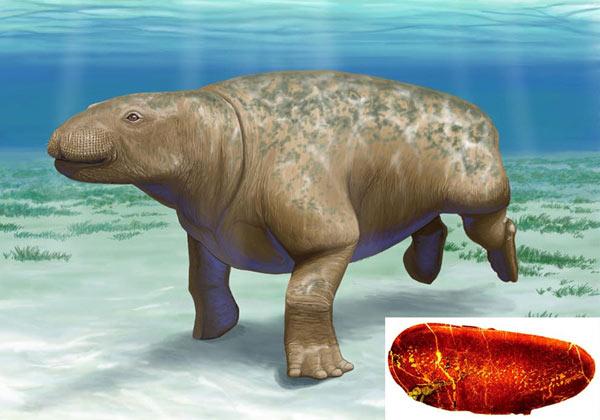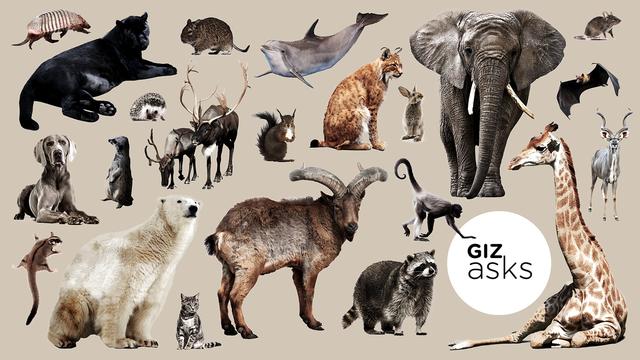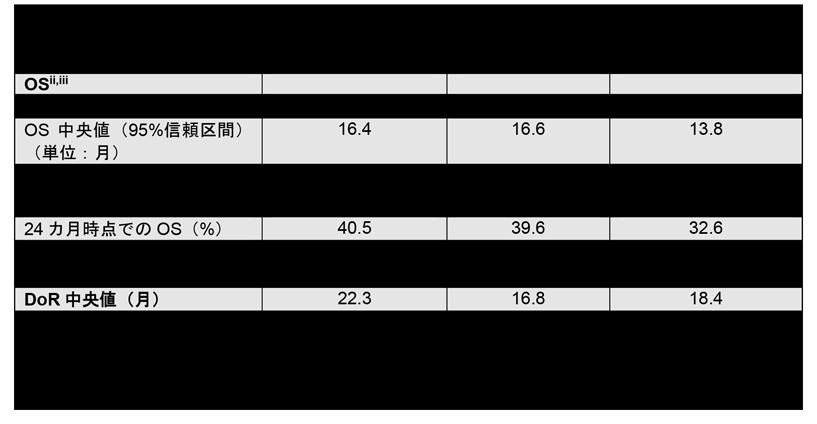Hummingbird feathers. Upper wing of jewel beetle.
Its beauty, which shimmers and shines in rainbow colors depending on the amount of light, is breathtaking.
When I turn around and observe humans, I notice the soberness again. In fact, not only hominids but all organisms classified as mammals are rather neutral. Even if the creatures live in the same mountain stream, the saturation of the blue kingfisher and the brown flying squirrel are too different.
Why are mammals so plain? This "Giz Asks" is about the relationship between living things and colors.
Nocturnal bottleneck theory
Matthew Toomey (Assistant Professor of Biology, University of Tulsa)
Color is a communication device
Richard Prum (Professor of Ornithology, Ecology and Evolutionary Biology, Yale University)


Mammals did not choose color as a means of expression
Geoff Hill (Professor of Biology, Auburn University)
The making is different in the first place
Innes Cuthill (Professor of Behavioral Ecology, University of Bristol)
There are some bad mammals
Kevin McGraw (Arizona State University PhD Program Co-Director and Life Sciences Research Program Director)
Even mammals are colorful
Mark. E. Hauber (Professor of Evolutionary Chemistry, Ecology, and Behavior, University of Illinois)
Create a variety of shades by making full use of two types of melanin pigments
Nina G. Jablonski (Professor of Anthropology, Pennsylvania State University)
George Chaplin, Senior Research Fellow, Anthropology, Pennsylvania State University
Body color is a means of communication
Greg Grether (Professor of Ecology and Evolutionary Biology, University of California, Los Angeles)
Is it related to sexual selection?
Tim Caro (Professor Emeritus of Fish and Wildlife Conservation Biology, University of California, Davis, Engaged in Research on Animal Body Color)
Most mammals cannot distinguish between red and green
Laszlo Talas (Lecturer, Biometrics and Biometrics, University of Bristol)
Old World primates gained a third visual pigment by mutation
Almut Kelber (Professor of Functional Biology, Lund University)
Camouflage is more important than flashy body color
Matthew Shawkey (Professor of Biology, Ghent University)
Reference: Nature Asia, Nikkei Science, National Geographic, THE PAGE
Advertisement


![It's hard to become "Oe"! Ultra-thin tongue cleaner with a thickness of 4 mm Newly released on July 1 [with a special case] It's hard to become "Oe"! Ultra-thin tongue cleaner with a thickness of 4 mm Newly released on July 1 [with a special case]](https://website-google-hk.oss-cn-hongkong.aliyuncs.com/drawing/article_results_9/2022/3/10/3f1e5e995c1db97dc65a7883ef5de2cd_0.jpeg)